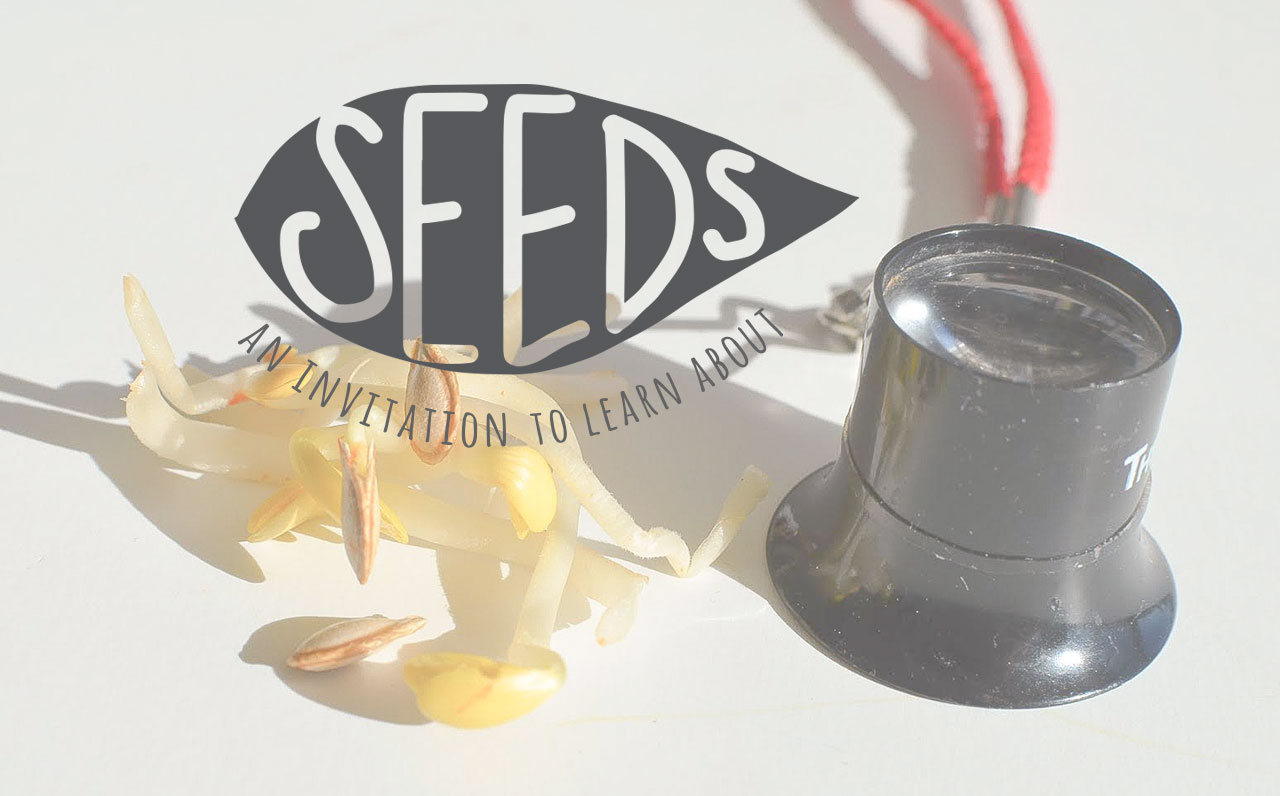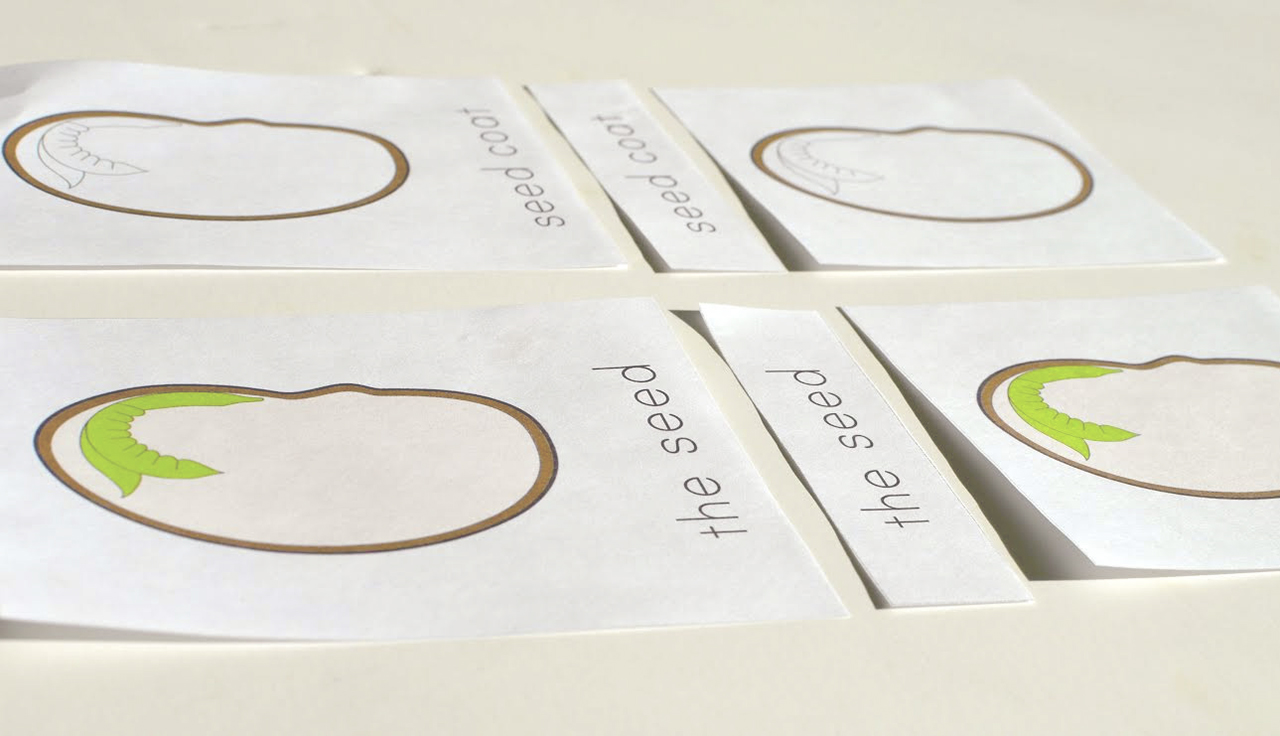An Invitation to Learn About Seeds
Despite the deep snow all around us, there is a stirring of spring under our feet. The temperatures are not bitter cold as they were, we can stay outside for longer and linger in the sunshine more and more. As the days begin their slow warming cycle, our thoughts turn here on our homestead to the coming gardening year. Though the soil cannot yet be seen, let alone planted, we are plotting the myriad plants that we hope to grow in our garden this year.
While we can’t get our garden on outside, we can begin to learn a little of the plant life cycle inside. Call it a placebo, but I want to share my enthusiasm about seeds with my boys beyond their practical help in the garden. I want to share with them the mysteries of life beneath the soil.
The first activity we explored was this free activity from Montessori Print Shop .This activity involves matching the names of seeds to their pictures as well as the plants they come from. It encourages children to understand where seeds come from and to notice how many of them are common in our own kitchens. This is a great opportunity to talk about the uses of some of the seeds too. For example fennel is great for tummy aches and sunflower seeds are a common and nutritious food.
Next we moved on to looking at the evolution of the bean seed. I chose this one because it is something we eat often and so familiar. I wanted to look at this common item from a new perspective and learn the science behind the food source.
For my 6 year old I used this great free resource from Twinkl (Bean life cycle worksheet (younger children), it is an sequencing activity to help develop their understanding of the order in which each step appears. The first worksheet works on sequencing, while the second encourages understanding of the cycle of the seed/plant. It is very simple but really effective and a great way to begin learning about life cycles more broadly.
For My older son we used this great resource from Exploring Nature (Bean life cycle worksheet (older children). This activity also involves sequencing but to a higher level and requires identification of more subtle differences as the plant evolves from seed to plant. A great follow on from this would be to actually plant a bean seed and watch it grow, matching it to your sequence to see if it follows the same pattern.
For my younger son I gave him another matching activity (known in the Montessori method as Nomclature) that gives more detailed vocabulary on seed development. This activity (found free on The Helpful Garden website)-introduces scientific terminology is a great way to encourage confidence and curiosity in children. Once they know the terms they can apply them to other types of seeds that they come across.
I also provided an extension activity found on the Montessori Print Shop , that goes into more detail about each life stage, explaining the terminology in more depth. This would be a great accompaniment to some seed observation and dissection!
Along with the information it’s really wonderful to explore real seeds and watch them grow. You can soak beans and use them for dissection and observation, you can grow a seed in a small cup or even germinate seeds on paper towels to watch them sprout. By sheer luck I discovered a cluster of sprouted seeds inside the squash I was cutting up for lunch! Along with a magnifier, these provided a great way to interact with living, sprouting seeds.


